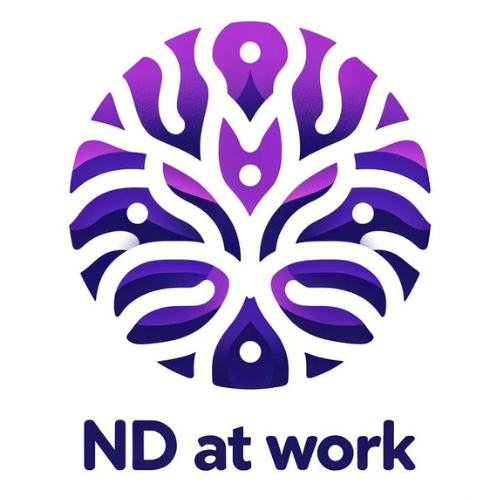Embracing Neurodiversity: Recognising Strengths and Creating Supportive Environments !
Hey there, fellow adventurers! Welcome back to another exciting blog post. Today, we're diving deep into the concept of neurodiversity and exploring how we can embrace it to create supportive environments for success and innovation.
Challenging Negative Portrayals
Have you ever noticed that most information about ADHD or autism focuses on the limitations and challenges faced by individuals with these ‘neurodivergent conditions’? Well, I’ve spent the past five years trying to change the narrative.
As a parent of a neurodistinct child, I refuse to let society define my child, or me, solely by our limitations. And guess what? They don't identify with those limitations either! We both believe in the power of recognising our strengths and leaning into them, rather than allowing others to hinder our progress.
Embracing Spiky Profiles
During my journey of self-discovery and understanding, I came across the concept of "spiky profiles." This idea suggests that individuals with neurodistinct traits often have areas of struggle but also possess high cognitive strengths. It's like having a unique combination of super abilities!
Understanding and embracing these spiky profiles is crucial. It empowers individuals to recognise their strengths and managers to support their neurodistinct colleagues by not putting unnecessary obstacles in their path. After all, we all have our own unique set of abilities that contribute to the success of the team.
Neurodistinct Role Models
Let's take a moment to celebrate the greatness and beauty of neurodiversity. Did you know that some of the world's most incredible athletes and scientists are neurodistinct? It's true! Athletes like Usain Bolt and Simone Biles, who are ADHD, have achieved remarkable feats in their respective fields. And let's not forget about scientists such as Dr. Mae Jemison and Rosalind Franklin, who have made groundbreaking discoveries that have shaped our world.
Neurodiversity in Action: Climate Change Activists
Neurodiversity knows no boundaries and can be found in every corner of society. Take, for example, the incredible contributions of neurodistinct climate change activists. Individuals like Rosalind Franklin, Greta Thunberg, and Naomi Klein have been at the forefront of raising awareness and driving change. They remind us that superheroes come in all forms, and neurodiversity is present in everyone.
Embracing Neurodiversity in Organisations
Now, let's shift our focus to the importance of recognising and embracing neurodiversity in organisations. Research has shown that neurodistinct individuals bring unique perspectives, creativity, and problem-solving skills to the table. By designing environments that support their well-being and maximize their potential, organisations can unlock a wealth of success and innovation.
However, it's essential to acknowledge the challenges faced by neurodistinct individuals and proactively create an inclusive and supportive culture. We must not rely solely on external factors for success but instead, create an environment that brings out the best in everyone.
Find Your Balance, Make a Difference
As we wrap up our exploration of neurodiversity, I want to leave you with a powerful message. Take the time to identify your own strengths and challenges, as well as those of your team members. By finding a balance and leveraging each other's unique abilities, we can make a significant difference in our personal and professional lives.
Remember, embracing neurodiversity is not just about ticking boxes or meeting quotas. It's about recognizing the inherent value and potential in every individual, regardless of their neurodivergent condition.
Together, let's create a world where everyone feels seen, heard, and empowered to shine. Until next time, keep embracing the beauty of neurodiversity and creating supportive environments that foster growth and innovation. Stay curious, stay adventurous!
*Note: This blog post is based on the transcript of a thought-provoking discussion on neurodiversity. To listen to the full conversation, check out the original content below.
